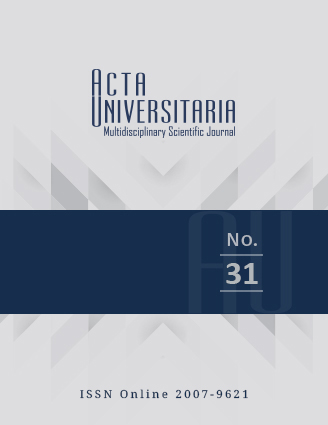Prototype of a bimodal stimulation power stage aimed at upper-limb stroke rehabilitation
Published 2021-04-14
Versions
- 2022-02-22 (2)
- 2021-04-14 (1)
How to Cite
Abstract
In patients with cerebrovascular disease, motor disability is the most common, complex, and difficult-to-rehabilitate sequela. Functional electrical stimulation (FES) and spinal cord stimulation (SCS) are among the most promising techniques for motor rehabilitation. However, in their current form of application, they have the disadvantage of requiring invasive interventions (surgeries for placing electrodes). This work describes the design and development of a prototype for a non-invasive stimulator capable of performing FES using bipolar pulses and SCS using direct current (DC). The goal of the proposed device is to serve as a tool for conducting research on a new upper extremity rehabilitation therapy with FES and SCS.This article presents the tests and results that allow to conclude that the developed system is useful for non-invasive stimulations, since it can deliver 0 mA to 200 mA peak-peak, with a pulse duration of 0 μs to 500 μs, and a frequency range from 0 Hz to 150 Hz. Currently, no other stimulator possesses such characteristics, which are required for this type of stimulation.


